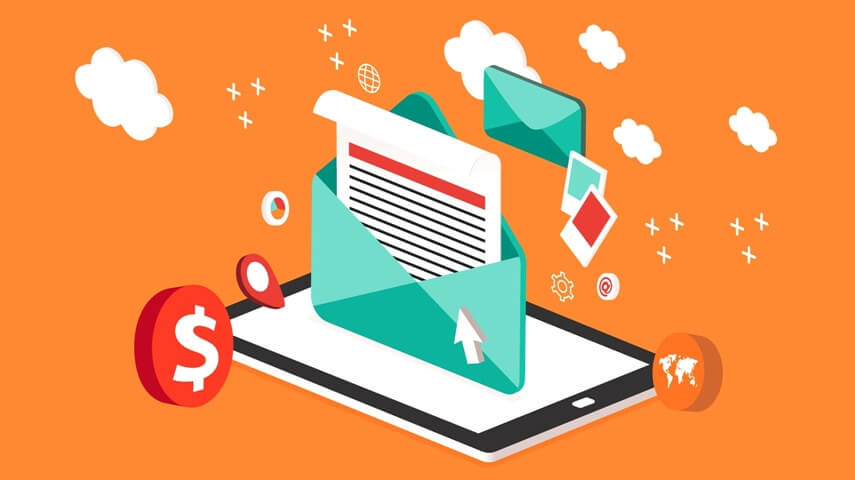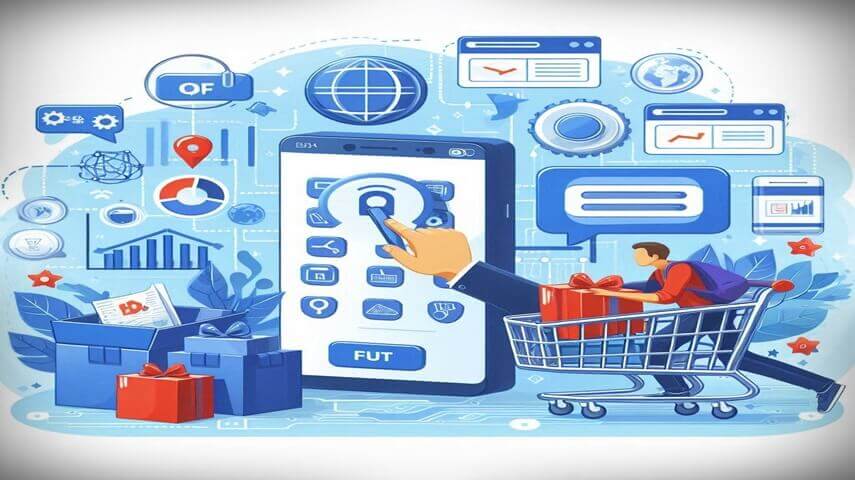Complete Email Marketing Guide
It’s likely that the ultimate goal of your email marketing campaign is to get your customers to convert. Whether it’s buying your product, taking a survey or signing up for an event, you want the recipient to take a certain action, but it’s okay if no one sees your email in the first place, right?
Before customers can take the action you want, they must be interested enough to open your message. Many factors come into play to get your email read. Here are the 4 most effective ways to get your emails opened.
1. Build Relationships
If you are trusted by your customers and provide valuable information, they will look forward to receiving your email and are more likely to not only open your email, but also click, share, and convert.
Think about it: if you receive an email that looks like spam (unrecognizable by name, questionable subject line, etc.) from a company you don’t really know, it’s much easier for you to hit “Delete” and move on. However, if a brand you trust (which often sends you relevant and targeted messages) sends you an email, you’re more likely to open it and see what they have to say. Concentrate on building relationships with customers and your rates will skyrocket.
When it comes to building strong relationships with your customers, consider these comprehensive email marketing guidelines:
- Provide valuable content (give solutions to their problems, make their life easier)
- Target your message (database segmentation will make your communications more relevant to customers)
- Listen (monitor your reply address, ask for feedback and always answer)
- Follow all the expectations you set at the start (see #2 below)
- Respect your customers’ preferences (allow them to choose what you ship and how often)
- Respect their privacy (provide your privacy policy and never share information about them with anyone)
2. Setting the Right Expectations
This tip covers two factors that often go hand in hand: frequency and consistency. First, when planning your campaign, determine how often you will send emails. Since all your recipients are different and they subscribe to your messages for various reasons, offer different frequency options.
Provide the option to choose a daily or weekly email or even offer a monthly or quarterly summary (as long as it makes sense for your business). Offer this option on your opt-in form, and then reinforce it in your welcome email and customer preference center. This way, customers will know when and how often they get messages from you.
The key to this complete email marketing guide here is consistency. Set a plan and stick to it. If you don’t email subscribers often enough, they will forget they subscribed in the first place. However, if you email them too often, you can become a nuisance.
Both of these scenarios will cause people to unsubscribe, opt out or mark your email as spam. If customers know that you email them at the same time every day or on the same day every month, they will wait to hear from you and open your email in their inbox.
3. From Name
Use your company name, brand name, or anything else that customers can identify with. Only use someone’s name if it’s synonymous with the brand (think: Mickey Mouse/Disney, Steve Jobs/Apple, etc.). In order for your email to be opened, you need to quickly grab the attention of your subscribers. Test and find out how best and consistent your audience responds.
4. Subject Line
Another factor in this comprehensive email marketing guide is the subject line. Subject lines are meant to give recipients a sense of what’s in your email, so use them to connect your readers. This can be fun, interesting, or completely informational, but it can’t be misleading (make sure it’s related to the content of the email).
Either way, you want your readers to be excited about what they’ll find in your email, so put some thought into your subject line. Some best practices to keep in mind:
Put the most important information first (if the subject line breaks in the inbox). Keep it short, sweet, and to the point. If it’s too complicated, it’s likely that people will delete it thinking they don’t have time to read the email.
Test! Your subject line is an easy element to test. Use your email service provider’s A/B split test feature to enter a few different options and see what your subscribers respond to. Then, use this information to optimize future campaigns, for example your business campaign using the website.
When it comes to your name and subject, think about including your company or brand name. When your email hits your inbox, recipients need to know it from you. This is one of those things that you really should test and see what works for you. Using it in both your name and subject line can be overwhelming with some audiences, but with others, repetition might work!




